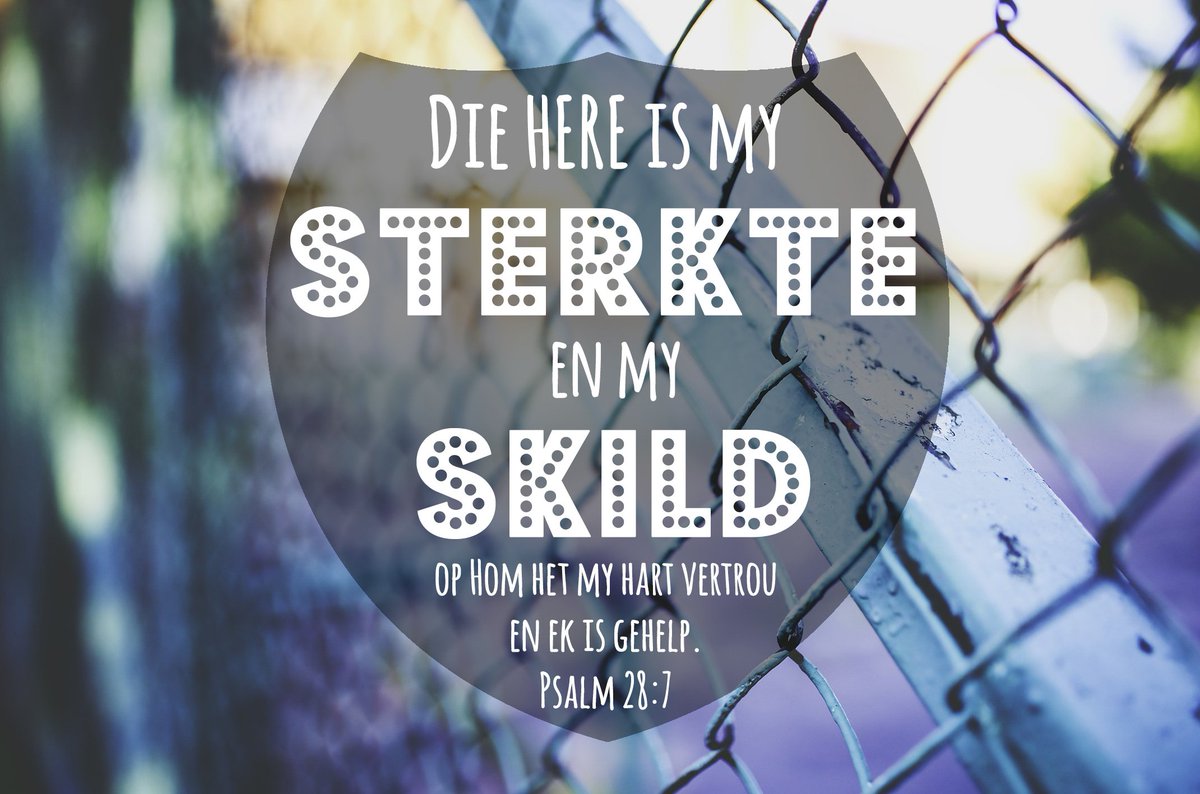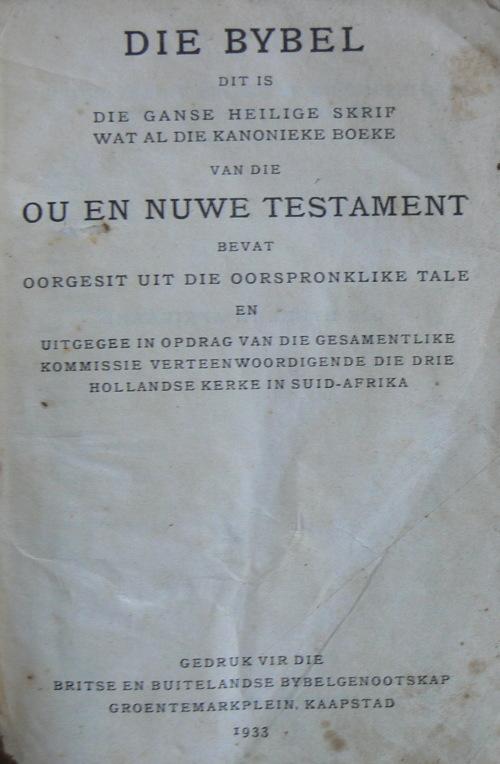
Later, Afrikaans, now written with the Latin script, started to appear in newspapers and political and religious works in around 1850 (alongside the already established Dutch). Sarah Grey Thomason and Terrence Kaufman argue that Afrikaans' development as a separate language was "heavily conditioned by nonwhites who learned Dutch imperfectly as a second language." īeginning in about 1815, Afrikaans started to replace Malay as the language of instruction in Muslim schools in South Africa, written with the Arabic alphabet: see Arabic Afrikaans. Valkhoff argued that 75% of children born to female slaves in the Dutch Cape Colony between 16 had a Dutch father.
#Download Afrikaanse Bybel Program free#
Many free and enslaved women married, cohabited with, or were victims of sexual violence from the male Dutch settlers. A number were also indigenous Khoisan people, who were valued as interpreters, domestic servants, and labourers.

The slave population was made up of people from East Africa, West Africa, India, Madagascar, and the Dutch East Indies (modern Indonesia). Īfrican and Asian workers, Cape Coloured children of European settlers and Khoikhoi women, and slaves contributed to the development of Afrikaans. Standard Dutch used in a 1916 South African newspaper before Afrikaans replaced it for use in mediaĪ relative majority of the first settlers whose descendants today are the Afrikaners were from the United Provinces (now Netherlands and Flanders), though up to one-sixth of the community was also of French Huguenot origin, and a seventh from Germany. Afrikaans) as putatively beneath official Dutch standards included geradbraakt, gebroken and onbeschaafd Hollands ("mutilated/broken/uncivilised Dutch"), as well as verkeerd Nederlands ("incorrect Dutch"). Other early epithets setting apart Kaaps Hollands (" Cape Dutch", i.e. As early as the mid-18th century and as recently as the mid-20th century, Afrikaans was known in standard Dutch as a "kitchen language" (Afrikaans: kombuistaal), lacking the prestige accorded, for example, even by the educational system in Africa, to languages spoken outside Africa. The Afrikaans language arose in the Dutch Cape Colony, through a gradual divergence from European Dutch dialects, during the course of the 18th century. It was previously referred to as "Cape Dutch" ( Kaap-Hollands/ Kaap-Nederlands), a term also used to refer to the early Cape settlers collectively, or the derogatory "kitchen Dutch" ( kombuistaal), in its earlier days, due to its having been spoken by slaves of colonial settlers "in the kitchen".Īfrikaans has been variously described as a Dutch-based creole or as a partially creolised language. The name of the language comes directly from the Dutch word Afrikaansch (now spelled Afrikaans) meaning 'African'.

Still, there is a large degree of mutual intelligibility between the two languages, especially in written form. Nonetheless, there are a few key differences with Dutch, including a more analytic-type morphology and grammar, and a spelling that expresses Afrikaans pronunciation rather than standard Dutch. Īn estimated 90 to 95% of the vocabulary is of Dutch origin, although Afrikaans has adopted words from other languages, including German and the Khoisan languages of Southern Africa. Afrikaans linguistics scholars likewise consider it partially creole.
.jpg)
Afrikaans is considered by most linguists to be a creole language only partially, rather than fully. Now spoken in South Africa, Namibia and (to a lesser extent) Botswana, Zambia, and Zimbabwe, estimates circa 2010 of the total number of Afrikaans speakers range between 15 and 23 million. Afrikaans gradually began to develop distinguishing characteristics during the course of the 18th century. Afrikaans ( UK: / ˌ æ f r ɪ ˈ k ɑː n s/, US: / ˌ ɑː f-/, meaning 'African') is a West Germanic language that evolved in the Dutch Cape Colony from the Dutch vernacular of Holland proper (i.e., the Hollandic dialect) used by Dutch, French, and German settlers and their slaves.


 0 kommentar(er)
0 kommentar(er)
